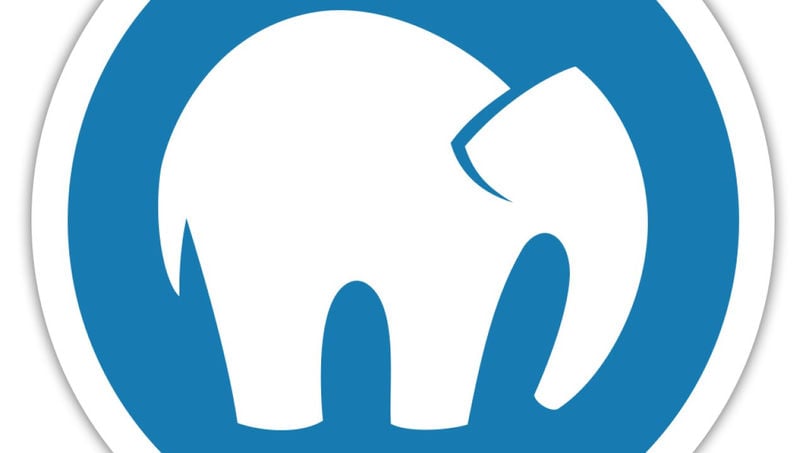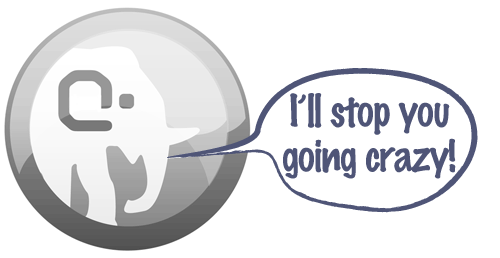Using a local application like MAMP to work on your WordPress website is a great way to optimize your development process. MAMP allows WordPress developers to develop quickly and safely directly on their computer without an Internet connection or the hassle of managing the individual programs that WordPress requires to run. MAMP (My Apache – MySQL – PHP) is a development environment that lets you manage your sites locally. Setting up a MAMP environment for WordPress on a local machine is a common approach to this issue. Install and configure MAMP. Setting up MAMP is pretty straightforward. MAMP is an application (both free and Pro versions are available) allows you to install Apache, PHP and MySQL on your local macO to develop WordPress sites. This article explains the step by step process of installing WordPress on local Mac using MAMP. One thing I think you may benefit from (if you’re new to local development or WordPress it’s self?) is to maybe use a more friendly local development environment. I personally use Local by Flywheel as it is much simpler to get a local site setup and running than the likes of MAMP. Let me know if you need anything further buddy.
Any sort of WordPress development – testing themes and plugins, creating themes and plugins, etc. – can be done on your own computer. Why would you want to do this? You’ll find the process much quicker and it’ll stop you going crazy waiting for files to upload to the server.
Getting WordPress installed on your own computer, as if your computer was a webhost’s server, is easy on a Mac with MAMP. If you are on a Windows PC you can use XAMPP.
Setting up MAMP and installing WordPress
The following video shows you how to install WordPress on your Mac using MAMP. This can be done in 5 minutes.
First of all you should download and set up MAMP. MAMP is a acronym that stands for the stack of software it uses:
- M is for Mac OS X, your operating system
- A is for Apache, the web server
- M is for MySQL the database management system (or database server)
- P is for PHP (or Perl or Python) the programming languages used for web development
Now that you have all this MAMP goodness installed on your machine, everything that you put in the folder Applications/MAMP/htdocs/ ends up on your localhost “website” which you can access through a browser at http://localhost:8888.
Next you should download the most recent version of WordPress (how many times have we all done that?) After unzipping, place the /wordpress/ folder inside your /htdocs/ folder.
Now you need to create a database:
- Go to http://localhost:8888/MAMP/
- Click the PHPMyAdmin tab along the top
- Click Databases in the second line of tabs in blue
- Type a name for your database (no spaces or special characters) and remember it
- Click Create
Having created the database you are nearly ready to install WordPress! Go to http://localhost:8888/wordpress in your browser.
With any luck, you’ll be greeted with a screen saying, “There doesn’t seem to be a wp-config.php file. I need this before we can get started. Need more help? We got it. You can create a wp-config.php file through a web interface, but this doesn’t work for all server setups. The safest way is to manually create the file.” Ignore it and click “Create a Configuration File”.
You’ll then see a screen checking that you have the 5 bits of info you’ll need to configure WordPress. You have them. Click “Let’s Go!”.

As you can see above you only need to change the top 3 fields to connect to your database:
- Your database name (the one you created in PHPMyAdmin and you remembered it, right?)
- A username. Use “root”.
- A password. Use “root”.
The remaining two you can leave as “localhost” and “wp_”.
Click “Submit”. You’ll then be taken to another screen and referred to as “Sparky”. Click “Run the Install”.
Free Mamp
Finally, you’ll be presented with a screen where you can enter the name of the site, the username and password, etc. Then, click “Install WordPress” and you’re done. You’ll be taken to the WordPress administration dashboard at http://localhost:8888/wordpress/wp-admin. Phew!
Installing multiple versions of WordPress on your Mac
This process can be repeated again and again.

The above video shows you how to install another WordPress site on your localhost so you can have multiple WordPress installs to play around with.
All you have to do is to create another database using PHPMyAdmin, download WordPress and run through the above installing process again.
You can do it
If you create multiple WordPress sites both for your clients and yourself, it’s really essential to develop locally first before you create the site on a web host. Having multiple local WordPress installs will speed up your development time.
In this short article we will cover the step by step to install a wordpress website locally on your Mac using MAMP. Let’s get started –

Before we go into the steps let’s quickly recap –
Whats is MAMP ?
MAMP is a free, local server environment that can be installed on macOS and Windows, and helps provide all the tools one needs to run/test a wordpress website locally. It provides servers like Apache and Nginx in addition to MySQL as database server.
Wordpress Local Xampp
Now let’s get into the steps –
Step by Step to Install WordPress using MAMP
Step 1: Download and Install Free version of MAMP from it’s website here.
Step 2: Once MAMP is installed launch the MAMP.app and start the server.
(you can optionally change ports under preferences if some other local environments are running else it optionals and you can go ahead with the defaults).
This will open a a localhost site in your default browser (example: http://localhost:8888/MAMP/) you can click on the My website button to go to default site created for you at http://localhost:8888/
Step 3: Open Finder > Applications > MAMP and navigate to htdocs folder, this is where your wordpress websites files will live.
Step 4: Download WordPress files (wordpress.zip) from its site here and unzip it in the htdocs folder from the above step this will create a wordpress folder under htdocs for you.
Step 5: Now go to http://localhost:8888/wordpress/ this will initiate the wordpress install page, choose your language and press continue.
Step 6: Next step will ask you to have these details handy
- Database name
- Database username
- Database password
- Database host
Since, we haven’t got these yet, let’s set these up –
Go to http://localhost:8888/phpMyAdmin/ in your browser to access phpMyAdmin (this is the tool where we create and mange the MySQL databases).
Instalar Wordpress Local Mamp
or you can also initiate this page by going to http://localhost:8888/MAMP/ and clicking Tools > phpMyAdmin in the page navigation.
Once phpMyAdmin opens click > New (enter a database name of your choice) and press create, this will create the database for you, don’t forget to keep the database name handy for next step.
The default database username and password for MAMP is root, and the host is localhost. So, given this now we have all the details we need –
- Database name: database_for_wordpress
- Database username: root
- Database password: root
- Database host: localhost
Step 7: Press Let’s Go in the WordPress screen from Step 5, this will open a window asking for details from Step 6.
Enter the details and press > Submit
Step 8: Next window will prompt you to name your website as well as create an username and password for logging into wordpress later and completing the installation (use details that you can remember)
Once you enter the details like in the example above, press > Install WordPress to complete installation.
Now wordpress will ask you to login for the first time, using the login details we just setupped, login into your new wordpress site and it will open the dashboard for you where you can play with your new site.
Step 9: Go to http://localhost:8888/wordpress/ to see how your site looks, this is how mine looks.
Hope the article was helpful. Good day
